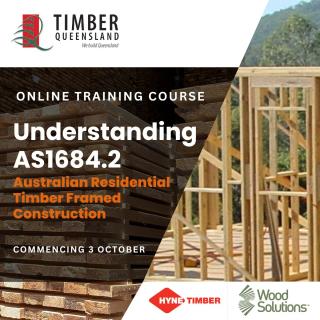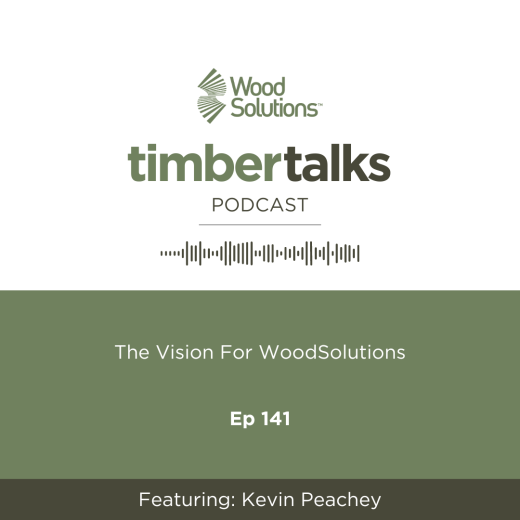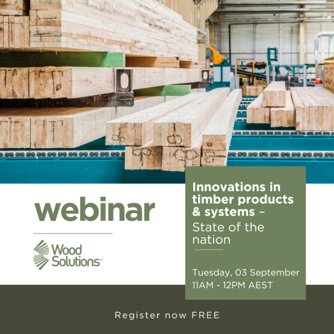Fire Haz Reports for NCC2022
It is correct that our Regulatory Information Report 41117 version 11 refers specifically to NCC 2019. This will be updated at the next review. Meanwhile our technical people advise that It is not really the year of the NCC that matters, but the test method that is referenced. NCC 2019 Amdt1 and NCC 2022, as will NCC 2025, require group numbers to be determined in accordance with AS 5637.1. and critical radiance flux to be determined in accordance with AS ISO 9239.1.
Membrane under bottom plate
The ABCB Housing Provisions don't specifically deal with damp-courses under timber frames. The assumption is that they will be used in brickwork or under concrete slabs. However, it can be a useful precaution to place a damp-course under the outside wall of a timber frame that is seated on a concrete slab. While problems rarely arise if no damp-course is present, occasionally slabs are subject to edge dampness.
Span tables mgp 12
Supplement no. 5 to Australian Standard 1684.2-2010 for non-cyclonic areas tells us that in N1/N2 wind areas 190 x 45 MGP 12 rafters @ 600mm centres will span 5.3m. That's for a single span (supported only at each end).
FZ fire zone tiled roof and fascia
WoodSolutions Technical Design Guide #04, Building with Timber in Bushfire-prone Areas, is currently under review. However, a 'generic' tiled roof system (ie. one not restricted to particular brand-name products) is included in Appendix H of Australian Standard 3959:2018. We will send you an extract from Appendix H under separate cover.
CLT contact in Sydney
We weren't sure if you were looking for suppliers of cross-laminated timber, or design professionals. Suppliers are well represented on the net and you will find them if you write "Australian CLT suppliers" or similar in your browser. Details of local CLT projects are also available on the net such as Forté Living in Melbourne, more info here: https://builtoffsite.com.au/emag/issue-04/forte-living-australias-first-multiresidential-clt-building/.
WoodSolutions proudly sponsors Timber Queensland's Online Course: Understanding AS1684.2

Structural termite damage in heritage building circa 1860
There are many building inspectors on the net who offer a professional service. In heritage matters we have had good reports about Richard Forrester, formerly an inspector with the NSW Forestry Commission. You can access his website via this link https://paragonengineering.com.au/team-member/richard-forrester/, phone 7227 7775, mobile 0429 646 112
Are you looking for a supplier?



